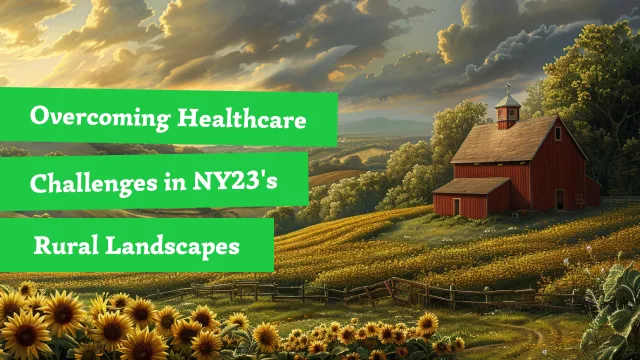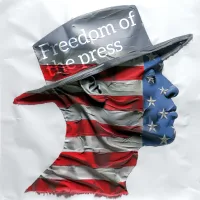
In the rural expanses of New York’s 23rd district, individuals encounter a particular set of difficulties regarding healthcare. Commonly, it’s like playing a game with high stakes and an unfair advantage, only here lives are on the line. But like any match, this one can be turned around with strategic bets on novelty and community participation that open up fresh expectations.
To some residents living in rural NY23, the nearest clinic or hospital could be hours away. This means that going for checkups is hard and so is getting emergency services; hence people in these places have worse health outcomes than those in urban areas which are closer to such facilities. And there’s also another thing: few doctors want to work in remote places where there aren’t many patients.
NY23 has placed its hope on telemedicine as a way of dealing with these problems. This method employs digital technology to link doctors with their patients through video calls so that they can consult each other over diagnoses among other things without necessarily having to meet physically. It is like putting money on a good hand – using technology as leverage against geography and bringing medicine closer home.
They have also come up with mobile health clinics as part of their response strategy. These roving centers reach out to underserved regions offering basic amenities like vaccines administration and general check-ups among others. The move seems to be paying off because it ensures that healthcare isn’t just for those who live in busy cities but an entitlement everywhere throughout NY23.
Education acts as a game changer when it comes to healthcare access transformation within rural areas. Educating people about how they can prevent diseases and better manage their well-being is equivalent to showing someone the rules of the game thereby increasing his chances of winning i.e., improving health outcomes here. Some of the programs include workshops on nutrition, regular exercises importance as well effective chronic diseases management skills etcetera.
Another vital piece towards solving the puzzle called “healthcare” in the rural NY23 is partnership; just like forming coalitions during complex board games. Hospitals, private practices and government agencies are now pooling resources together more than ever before so as to share knowledge among themselves while at same time broadening their coverage. These relationships help them reach large numbers living across wide areas which are sparsely populated thus creating care networks that support every patient’s health journey.
But none of these initiatives can succeed without feedback from people on ground – what do they need? How do they feel about these solutions being implemented? Similarly, as players would change tactics based on cards dealt to them during different hands played; likewise medical service providers need continuous community engagement if programs will have desired impact. This means interacting with locals, appreciating their day-to-day struggles and fashioning appropriate remedies from such can easily convert probable losses into significant gains for public health.
In future prospects of NY23, there is more commitment towards innovative interventions. Additional advanced telehealth technologies may emerge soon alongside better means transporting those who require physical attention while educational schemes keep expanding further. With each step taken we need calculate risks bearing one thing mind – high quality care should be accessible by all individuals irrespective where they reside within the region.

